Let x, y and z be integers such that x2 y2 = z3 First note that x and y are not both odd, as otherwise we get a contradiction by reducing mod 8 Let d = gcd (x, y) and let a and b be integers such that d = ab3 and a is cubefree Then d2 = a2b6 divides z3 and hence a divides zTextbook solution for Calculus Early Transcendentals 8th Edition James Stewart Chapter 147 Problem 34E We have stepbystep solutions for your textbooks written by Bartleby experts!Equations Tiger shows you, step by step, how to Isolate x (Or y or z) in a formula (xy)2(xy)2=4xy and Solve Your Equation Tiger Algebra Solver

Iii Ec Eee Ice Bm Ii Assignment Trigonometric Functions Mathematical Analysis
U-v=(x-y)(x^2+4xy+y^2)
U-v=(x-y)(x^2+4xy+y^2)-The equation 4x2 4xY Y 2 = 0 are both real?Solution The two roots of the quadratic are x = −4 ± x y 2e−y dy = x e−x 2 R
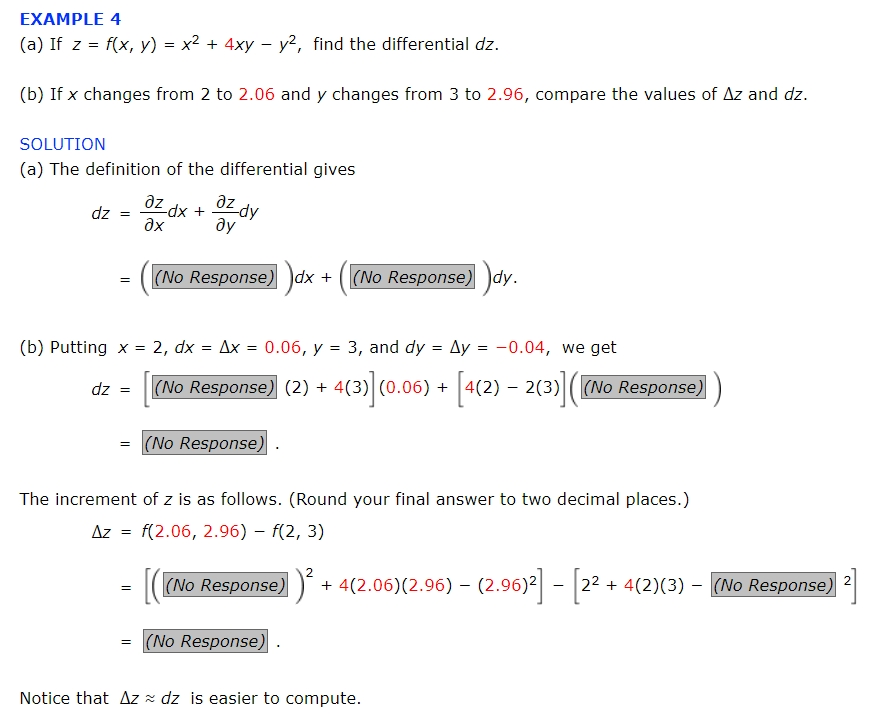



Example 4 A If Z F X Y X2 4xy Y Find The Chegg Com
Equations Tiger Algebra gives you not only the answers, but also the complete step by step method for solving your equations 4x^2y^2x^24xy4y^2x2y so that you understand better设u及v是解析函数f (z)的实部及虚部,且uv= (xy) (x^24xyy^2)z=xiy,求f (z) xingyuxinyuan237 1年前 悬赏5滴雨露 已收到1个回答 我来回答 举报 赞 yahas 果实 共回答了31个问题 采纳率:903% 向TA提问 举报 用ux表示u对x的偏导数,uy、vx、vy类似, 学过柯西黎曼方程吧:ux=vy,uy=vx, 对所给条件分别对x,y求偏倒得: uxvx=3x^26xy3y^2,uyvy=3x^26xy3y^2という公式を使って「 x y xy x y と x y xy x y の値から x − y xy x − y の値を計算する」という問題が頻出です。 上の4つの公式はすべて非常に重要です。 さらに詳しい解説は →2
Stack Exchange network consists of 177 Q&A communities including Stack Overflow, the largest, most trusted online community for developers to learn, share their knowledge, and build their careers Visit Stack ExchangeEasy way Let u = x y and v = x y Then solve for x and y to get x = (1/2) (u v) and y = (1/2) (u v) So, the inverse is mathf^{1}(x, y) = (5(x y), 5(x y))/math Equivalent but slightly longer way Assume f is invertible and thaAll equations of the form a x 2 b x c = 0 can be solved using the quadratic formula 2 a − b ± b 2 − 4 a c The quadratic formula gives two solutions, one when ± is addition and one when it is subtraction x^ {2}yxy^ {2}=13 x 2 y x y 2 = 1 3 Subtract 13 from both sides of the equation
We think you wrote 3x^2y4xy2y^23 This deals with simplification or other simple results Stack Exchange network consists of 177 Q&A communities including Stack Overflow, the largest, most trusted online community for developers to learn, share their knowledge, and build their careers Visit Stack ExchangeFree math problem solver answers your algebra, geometry, trigonometry, calculus, and statistics homework questions with stepbystep explanations, just like a math tutor




Solutions Homework Sections Pdf Free Download




Problem Books In Mathematics
//googl/JQ8NysPartial Derivative of f(x, y) = xy/(x^2 y^2) with Quotient RuleSolve your math problems using our free math solver with stepbystep solutions Our math solver supports basic math, prealgebra, algebra, trigonometry, calculus and moreMATH 106 HOMEWORK 3 SOLUTIONS 1 Using the CauchyRiemann equations, show that if f and f are both holomorphic then f is a constant Solution Let f = uiv,so f = u iv Since they are holomorphic, we can use the CauchyRiemann




Iii Ec Eee Ice Bm Ii Assignment Trigonometric Functions Mathematical Analysis



Ocw Mit Edu Resources Res 18 007 Calculus Revisited Multivariable Calculus Fall 11 Study Materials Mitres 18 007 Partiii Sol06 Pdf
If F X 4 X 4 X 2 Then F 1 97 F 2 97 F 96 97 Is Equal To If F X Alpha A 2 A 1 A Not Equal To 1 The Value Of Alpha For Which F A Alpha Where Alpha Not Equal To 0 Is If F X Ax B Cx D Then Fof X X Provided That If F X Cos 1 1 Log X 2 1 Log X 2 If F X Cos Logx Then F X F Y 1 2 F X Y F Xy Has The Value If F X F 1 X F X F 1 X And F 3 28 Then F 4Find the analytic function f (z)=uiv in terms of z if uv= (xy) (x2 4xy y2) written 7 weeks ago by teamques10 ♣ k • modified 7 weeks ago analytic ADD COMMENTSince the interchange just changes the sign of the right hand side, it follows that wyy = −wxx 2B Tangent Plane;



Http Ksuweb Kennesaw Edu Plaval Math23 Jacobian Pdf



2
Example 5 X and Y are jointly continuous with joint pdf f(x,y) = (e−(xy) if 0 ≤ x, 0 ≤ y 0, otherwise Let Z = X/Y Find the pdf of Z The first thing we do is draw a picture of the support set (which in this case is the firstTranscribed image text 2 (a) Find an analytic function f (x) = u (x, y) iv (x, y), where u v= = (x – y) (x2 4xy y2) 12M (b) Let f (z) = u (x, y) iv (x, y) be an anlaytic function defined on C Then show that a2 O) 15 (2)/2 = 415% (2)12 Dx2 for all z EC 10M Previous question Next questionXy=√3 ____i xy=√2_____ii Square (i) & (ii) x²y²2xy=3 __iii , x²y²2xy=2 ___iv Adding above eqs 2{x²y²}=5 Subtracting (iii) (iv) 4xy=1 16xy(x²y²



2




1 Consider Two Random Variables X And Y With Joint Density Function F X Y 12xy 1 Y 0 X 1 0 P 1 Otherwise Homeworklib
A first order Differential Equation is Homogeneous when it can be in this form dy dx = F ( y x ) We can solve it using Separation of Variables but first we create a new variable v = y x v = y x which is also y = vx And dy dx = d (vx) dx = v dx dx x dv dx (by the Product Rule) Which can be simplified to dy dx = v x dv dx Find the analytic function f(z)=uiv given uv=(xy) (x²4xyy^2) Get the answers you need, now!Please Subscribe here, thank you!!!



Http Web Yonsei Ac Kr Ezaid Board Download Aspx Method Download Pfkhomepageno 1710 Fkboardentrypkno 8 Attachefilechoice 1 Pkno




Btech Ii Engineering Mathematics Unit3
公式4: (x − y) 2 = (x y) 2 − 4 x y (xy)^2=(xy)^24xy (x − y) 2 = (x y) 2 − 4 x y;\\ ∴x^2y^2= \sqrt{u^2v^2 } $ Substituting this value in equation (vii), $ (\dfrac{\partial z}{\partial x})^2 (\dfrac{\partial z}{\partial y})^2 \;=\;2x y 2 dxdy = Z 2 0 Z 1 0 u @(x;y) @(u;v) dudv = Z 2 0 Z 1 0 2ududv = Z 2 0 u2 1 0 dv = Z 2 0 dv = 2 Example 361 Evaluate R 1 0 R 1 x 0 p x y(y 2x)2 dydxusing a transformation First, let us –nd the region Rover which we are integrating It is R= f(x;y) 0 x 1;0 y 1 xg It is shown in –gure 423 The integrand suggests the change of
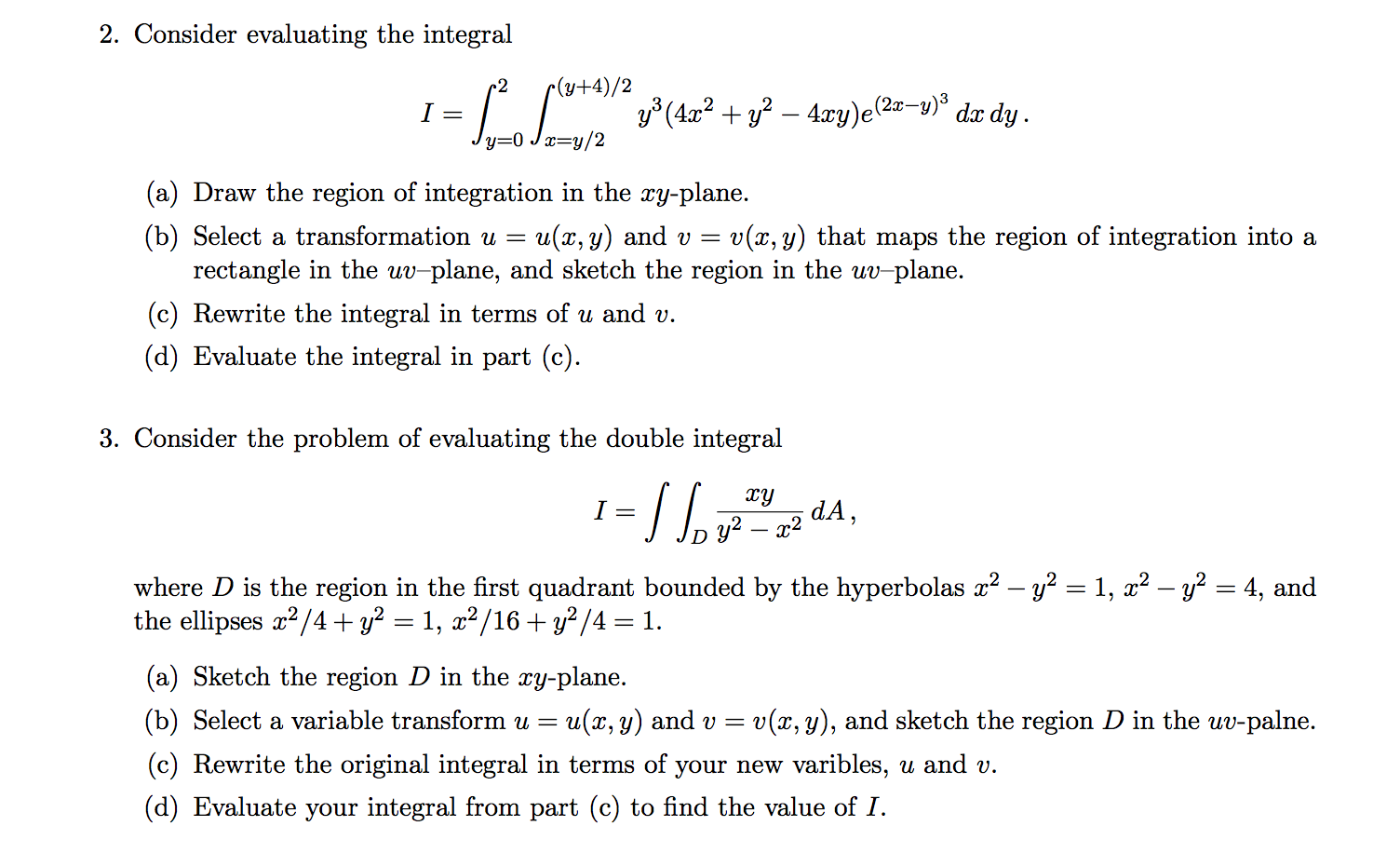



Consider Evaluating The Integral I Integral 2 Y 0 Chegg Com




Change Of Variables In Multiple Integrals Calculus Volume 3
If u= log(x2 y2), then by the chain rule u x= 2x x 2 y) u xx= (x2 y2)(2) (2x)(2x) (x 2 y) = 2y2 2x2 (x y2)2;(1) In the variables u,v , the degree in the denominator is one higher than the numerator Therefore, as u → ± ∞, v → 0, so that v = 0 is an asymptote We need to write this in terms of x and y v = x − 2 y = 0 Or (1) y = 1 2 x We have two more where the factored denominator is 0 u = 1 2 = x 2 y So the second asymptote is (2) y = − 1 2 x 1 4 Also u = − 1 2 = x 2 yStack Exchange network consists of 177 Q&A communities including Stack Overflow, the largest, most trusted online community for developers to learn, share their knowledge, and build their careers Visit Stack Exchange




Seminar Week 1 Solutions Studocu




The Derivative Rules For Multivariable Functions Stated Theorem 10 On Page 151 Are Analogous To Derivative Rules From Single Variable Calculus Example 1 Page 152 Illustrates The Quotient Rule Reca
And by the symmetry of uin xand y, u yy= 2x2 22y (x2 y2)2 Clearly then u xx u yy= 0 in this case If u= arctan(y=x), then by the chain rule again u x= 1 1 (y x) 2 y x 2 = 2y x y 2) u xx= (x y2)(0) ( y)(2x) (x y2$ u^2v^2=x^42x^2 y^2y^44x^2 y^2=x^42x^2 y^2y^4=(x^2y^2 )^21 \\ \;@v @x = @u @y @u @x = 3 2x 4y;
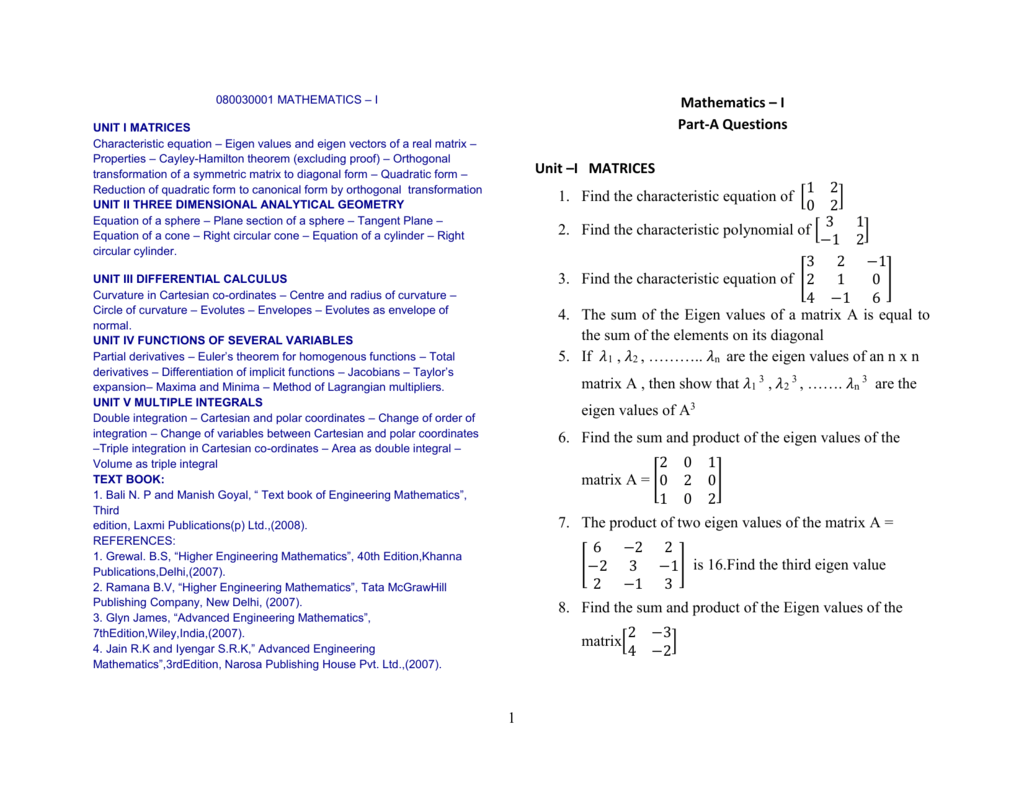



File



How Would You Differentiate The Equation Math X 2 4xy Y 2 Math Quora
Solve your math problems using our free math solver with stepbystep solutions Our math solver supports basic math, prealgebra, algebra, trigonometry, calculus and moreSolve your math problems using our free math solver with stepbystep solutions Our math solver supports basic math, prealgebra, algebra, trigonometry, calculus and moreThe graphs of the two curves do not intersect and so they have no real solution (Generated by Wolfram Alpha)



Http Ksuweb Kennesaw Edu Plaval Math23 Jacobian Pdf



2
Equations Tiger Algebra gives you not only the answers, but also the complete step by step method for solving your equations (xy)^24xy/(xy)^24xy so that youThese two lines imply that $ h(x) = g(y) = constant $, so $ v = 2xy c $ Thus, functions of the form $ f = x^{2} y^{2} i(2xy c) $ should be analytic I have two problems The first problem is that I'm not confident my derivation of v is sound mathematicsAs math(xy)^2=x^22xyy^2/math math(xy)^2=2\times14=0/math mathxy=0/math Since math(xy)(xy)=0(xy)=0/math the value of mathx^2y^2/math is 0




Pdf Partial Derivatives 13 1 Functions Of Several Variables Joseph Feliz Academia Edu



How Would You Differentiate The Equation Math X 2 4xy Y 2 Math Quora
Consider the following Statement A de = 41 i where C 1311 = 1 B Iff(2) is an analytic function and u – v = (x y)(x2 4xy y2) then f(x) = u iv = iz c, where c is constant 11 2 Identify the correct answer a) AT,BT b) A >T, BF c) AF,BT d) AFBF e) None of these4\sqrt{u^2v^2} \bigg (\dfrac{\partial z}{\partial u})^2 (\dfrac{\partial z}{\partial v})^2 \bigg $Let f(x,y)=1/(x^2y^2) for (x,y)\neq 0 Determine whether f is integrable over U0 and over \mathbb{R}^2\bar{U};



Http Www Math Sci Hokudai Ac Jp S Settepanella Teachingfile Calculus Calculus2 Pagine Lineintex Pdf
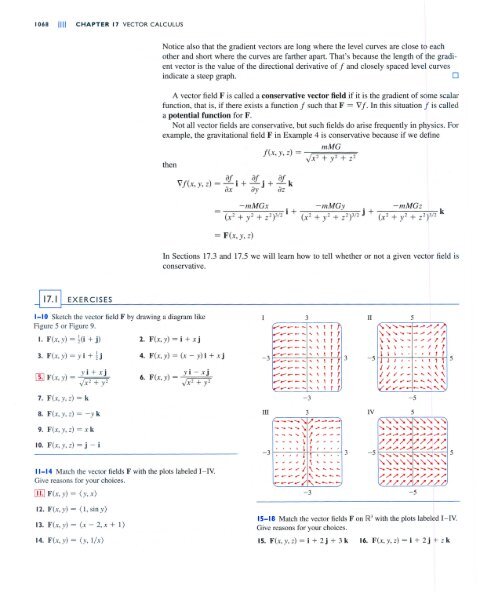



F X Y Z
((2 • (x 2)) • y) 2 2 xy 3 Step 2 Equation at the end of step 2 (2x 2 • y) 2 2 xy 3 Step 3 Step 4 Pulling out like terms 41 Pull out like factors 2x 2 y 4xy 3 = 2xy • (x 2y 2) Trying to factor as a Difference of Squares 42 Factoring x 2y 2设u及v是解析函数f (z)的实部及虚部,且uv= (xy) (x^24xyy^2)z=xiy,求f (z)_作业帮U(x;y) = 2 3x y x2 y2 4xy Show that uis harmonic and determine the harmonic conjugate v(x;y) satisfying v(0;0) = 0 For this function uand for the harmonic conjugate vjust determined express the function f(z) = u(x;y) iv(x;y) in terms of zonly Solution The Cauchy Riemann equations are @u @x = @v @y;




Cauchy Riemann Show That U V X Y X2 4xy Y2 Find F Z Youtube




Math 251 Diary Fall 10
Answer to (6' ) Suppose that u(x ,y ) v (x ,y ) =(xy)(x24xyy2)2(xy) Determine the analytic function f(z)=u(x,y) iv(x,y)Given 3^(2xy)=3^(xy)=3^(3/2) Thus, 3^(2xy)=3^(3/2) or 2xy= (3/2) i 3^(xy)=3^(3/2) or xy=(3/2)ii Adding equation i & ii we get 3x=3 or x=1 Putting the Here's a more routine answer First, to find critical points in the interior, compute the gradient $$ \nabla f = (4x^34yz,4y^34xz,4z^34xy) $$ Certainly the origin is a critical point, and if any of the variables equal zero, the other two do as well Otherwise, we have $$ \begin{cases} x^3yz &=0\\ y^3xz &=0\\ z^3xy &=0\\ \end{cases} $$ $$ \begin{cases} x^4 &=xyz\\ y^4 &=
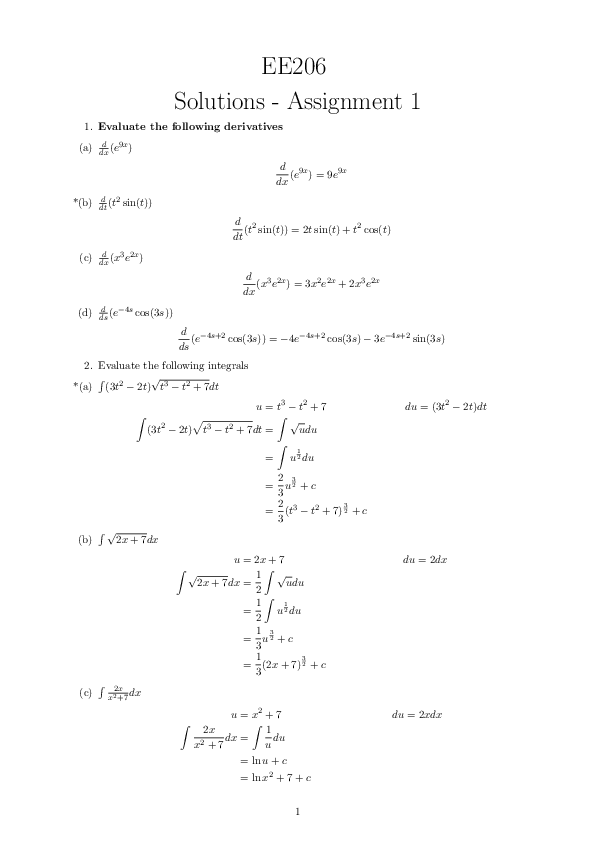



Pdf Ee6 Solutions Assignment 1 Mauricio Miguel Matute Estrada Academia Edu




If X2 Y2 2 Xy Find Dy Dx Mention Each And Every Step Mathematics Topperlearning Com Gwvwfskk
2(y2 −x2) If we interchange x and y, the function x2 y2 (x2 y2)2 w = ln(x2 y2) remains the same, while wxx gets turned into wyy;
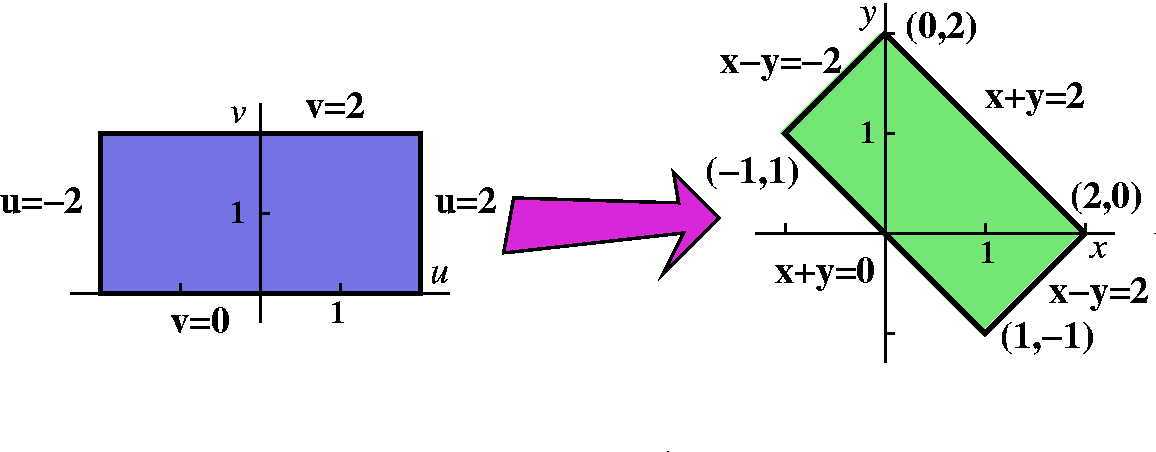



Math 251 Diary Fall 10




Solutions Homework Sections Pdf Free Download




Cauchy Riemann Show That U V X Y X2 4xy Y2 Find F Z Youtube
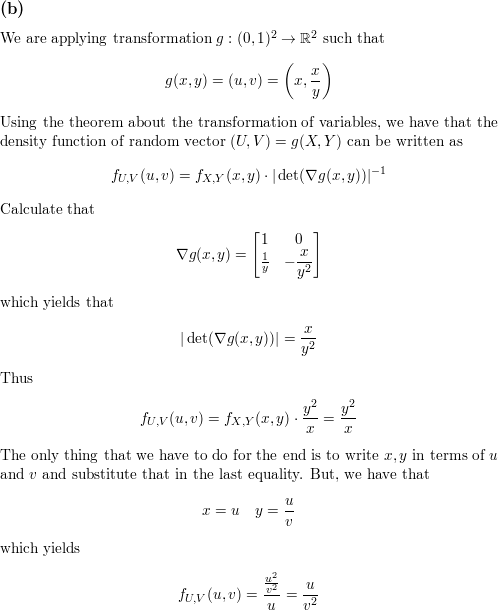



If X And Y Are Independent And Identically Distributed Uniform Random Variables On 0 1 Compute The Joint Density Of A U X Y V X Y B U X V X Y C U X Y V X X Y Homework Help



Ocw Mit Edu Resources Res 18 007 Calculus Revisited Multivariable Calculus Fall 11 Study Materials Mitres 18 007 Partiii Sol06 Pdf
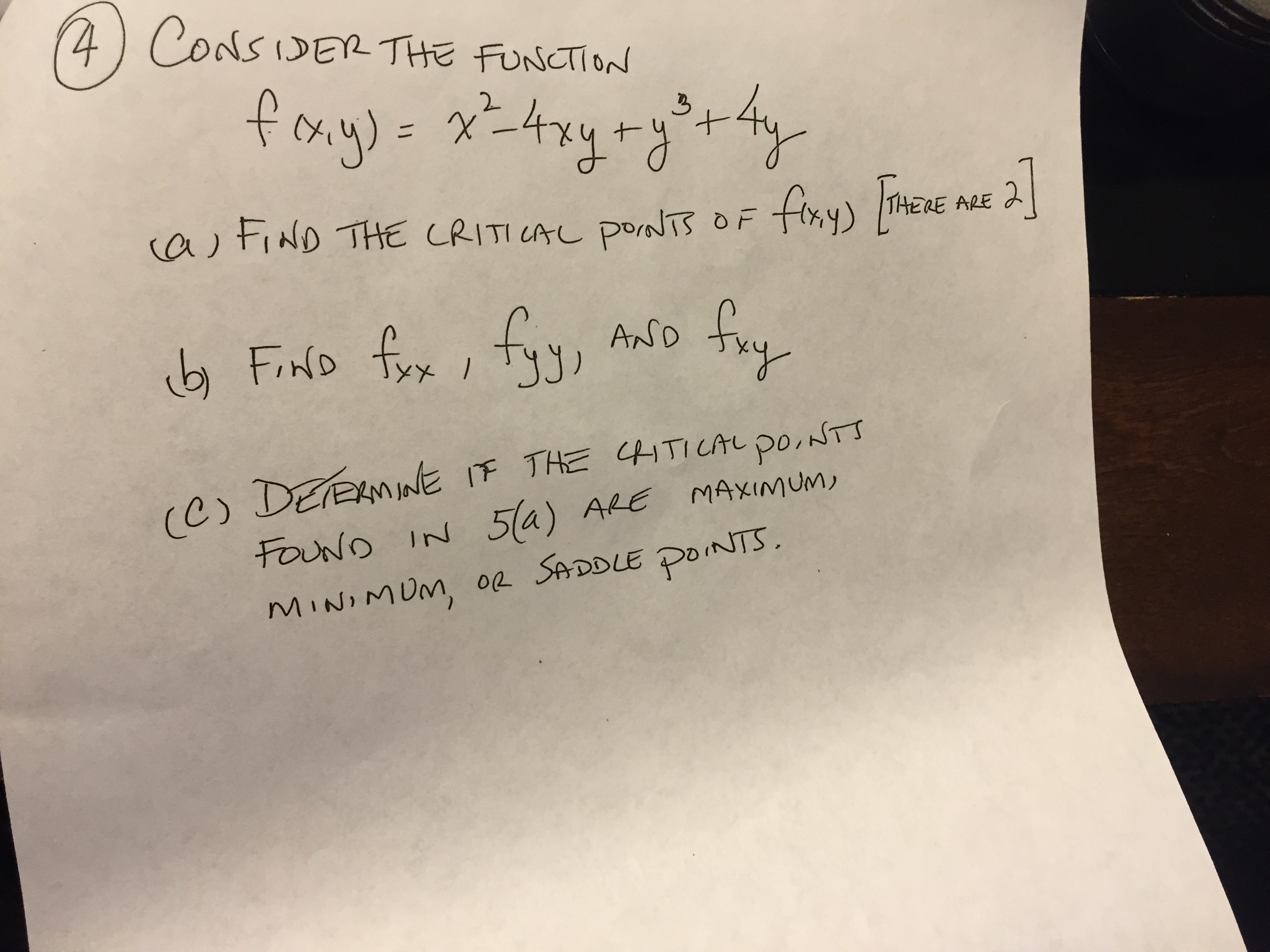



Consider The Function F X Y X 2 4xy Y 3 4y Chegg Com
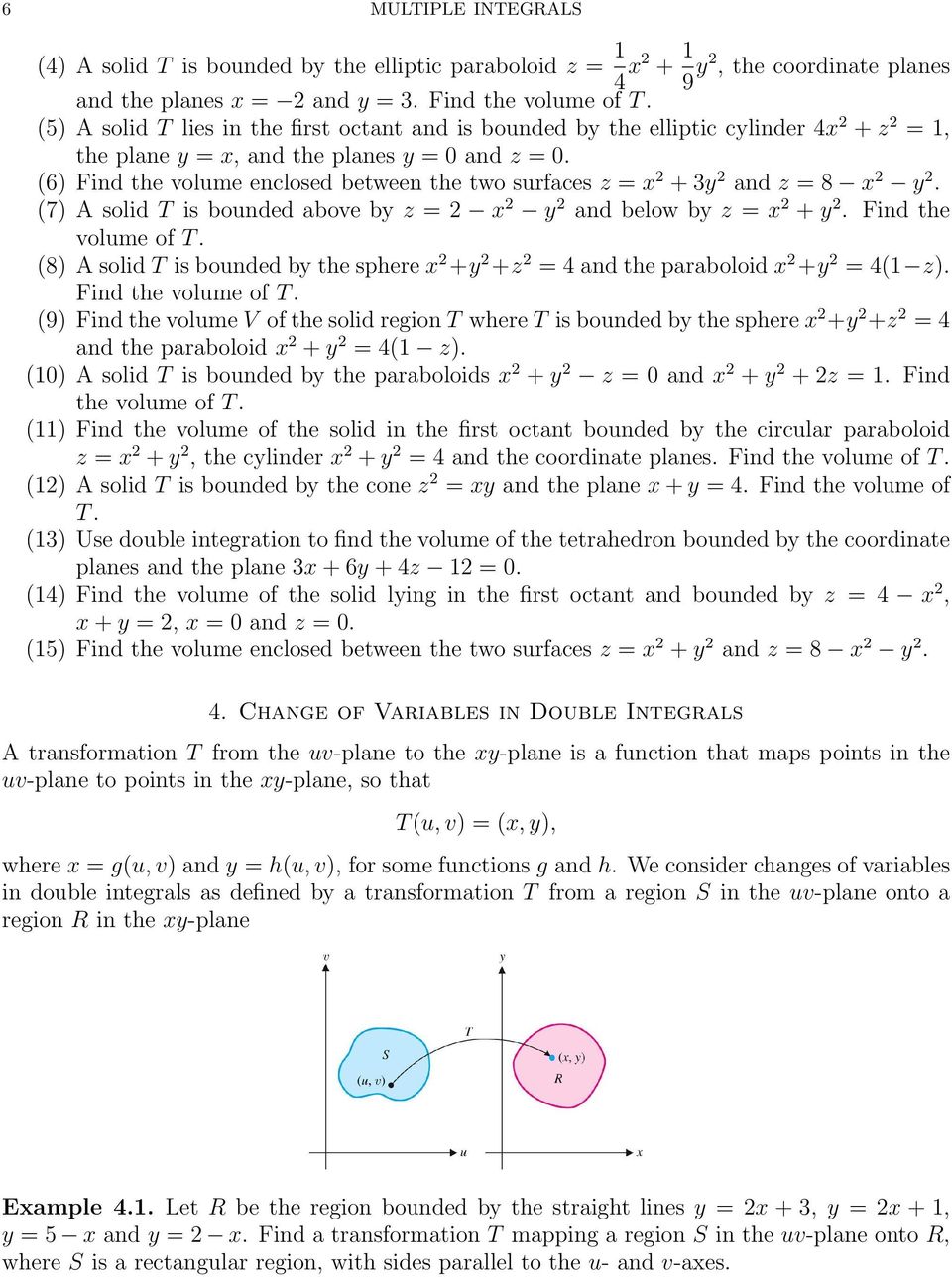



Multiple Integrals H 2 Y Are Continuous Functions On C D And Let F X Y Be A Function Defined On R Then Pdf Free Download



Ocw Mit Edu Resources Res 18 007 Calculus Revisited Multivariable Calculus Fall 11 Study Materials Mitres 18 007 Partiii Sol06 Pdf




Ptvp Nga




Jacobian Find ꝺ U V ꝺ R 8 If U 2xy V X 2 Y 2 Where X Rcos8 Y Rsin8 Youtube



Http 3 1 63 46 8080 Jspui Bitstream 1448 11 Iat I solution of 15mat41 engineering mathematics Iv 28ece A 2cb 2cc 29 march 17 by uma vinod Pdf



2




Can U Plzz Send The Solution Chegg Com



Http Www Math Sci Hokudai Ac Jp S Settepanella Teachingfile Calculus Calculus2 Pagine Lineintex Pdf



Http Edshare Soton Ac Uk Id Document 6767



Http Www Math Sci Hokudai Ac Jp S Settepanella Teachingfile Calculus Calculus2 Pagine Lineintex Pdf



Www Rgpvonline Com Guide Notes M3 Unit 1 Pdf



Calculus Part 3 Early Transcendentals 8th Edition 15 Pages 1001 1404 Flip Ebook Pages 151 0 Anyflip Anyflip




14 7 Change Of Variables In Multiple Integrals Jacobians Mathematics Libretexts




The Derivative Rules For Multivariable Functions Stated Theorem 10 On Page 151 Are Analogous To Derivative Rules From Single Variable Calculus Example 1 Page 152 Illustrates The Quotient Rule Reca



Azslide Com Download 3 Inner Product Spaces e1723dd9bd92d6005 Html




Math 251 Diary Fall 10
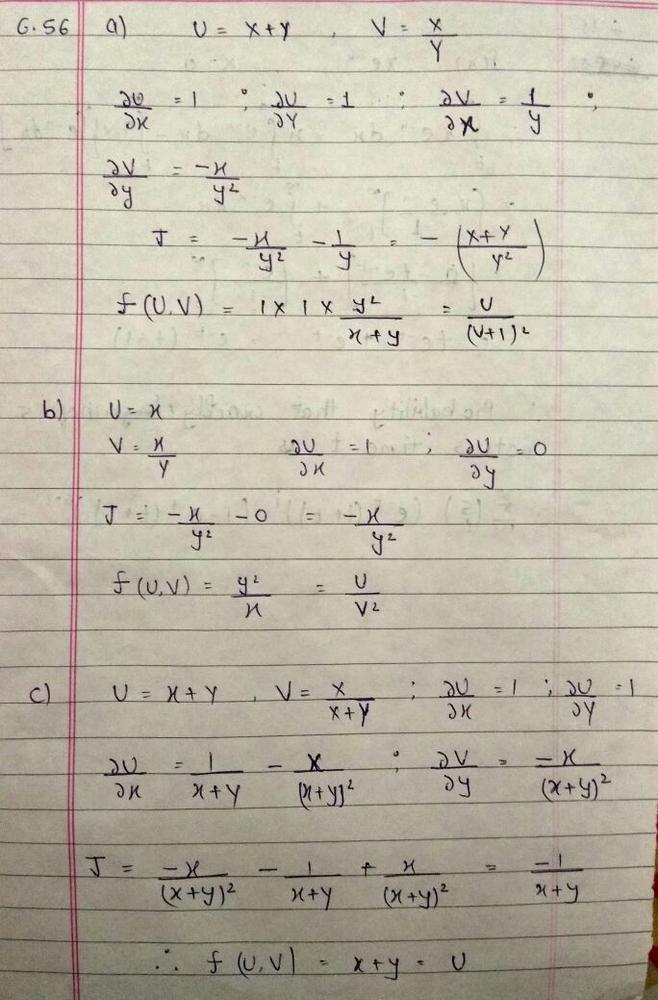



If X And Y Are Independent And Identically Distributed Uniform Random Variables On 0 1 Compute The Joint Density Of A U X Y V X Y B U X V X Y C U X Y V X X Y Homework Help




3 Inner Product Spaces Pdf Free Download



Www Rgpvonline Com Guide Notes M3 Unit 1 Pdf



Find An Analytic Function F Z U Iv Whose U V X X 2 Y 2 Sarthaks Econnect Largest Online Education Community




Calc 501 1000 By James Bardo Issuu
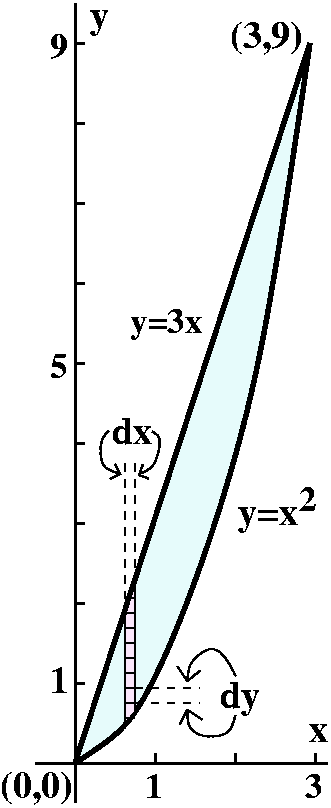



Math 251 Diary Fall 10




The Derivative Rules For Multivariable Functions Stated Theorem 10 On Page 151 Are Analogous To Derivative Rules From Single Variable Calculus Example Ppt Download




The Region R Is Bounded By The Following Curves X2 Y2 4 X2 Homeworklib
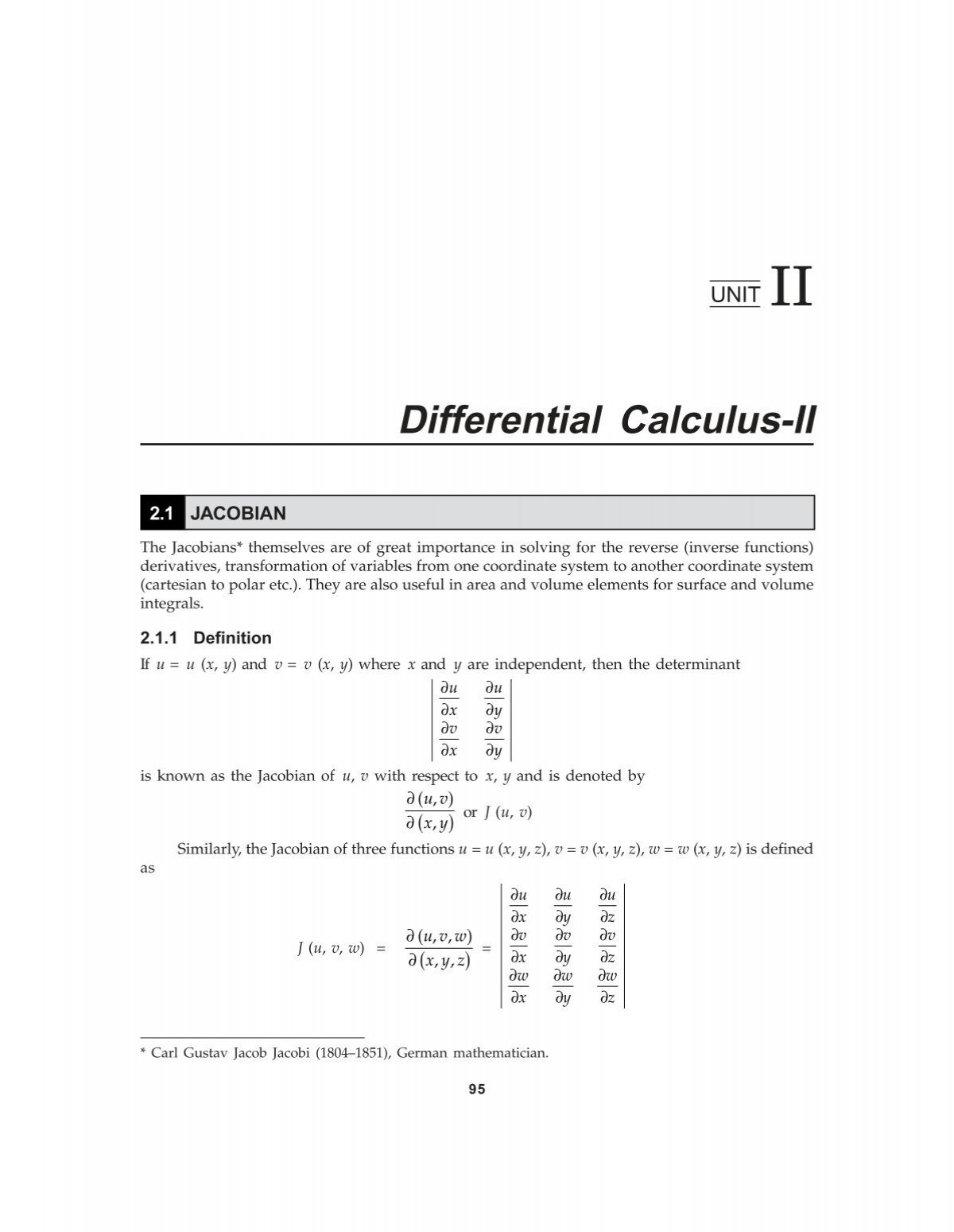



Differential Calculus Ii New Age International




If Z X Y X 2 Y 2 Show That Delz Delx Delz Dely 2 4 1 Delz Delx Del Youtube



2



Http Abel Math Harvard Edu Archive 21a Fall 09 Resources Chapter Exam Pdf




Ab2 5 Surfaces And Surface Integrals Divergence Theorem Of Gauss Pdf Free Download
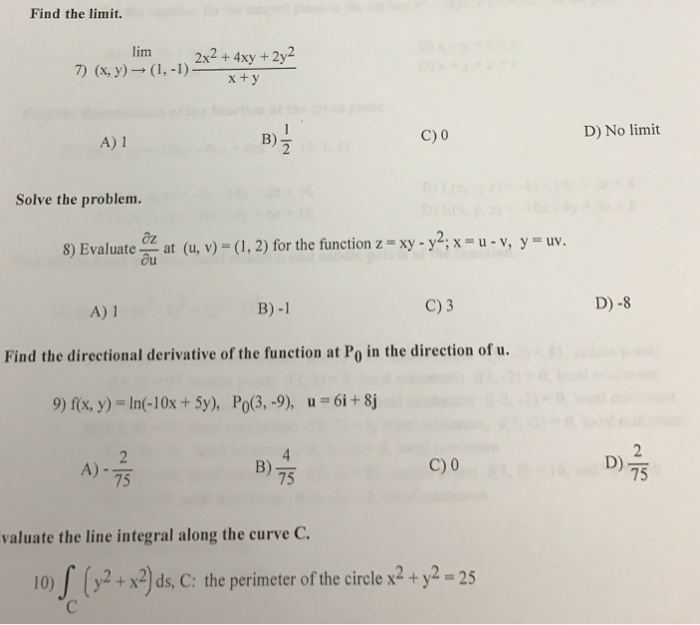



Find The Limit X Y Rightarrow 1 1 2x 2 Chegg Com
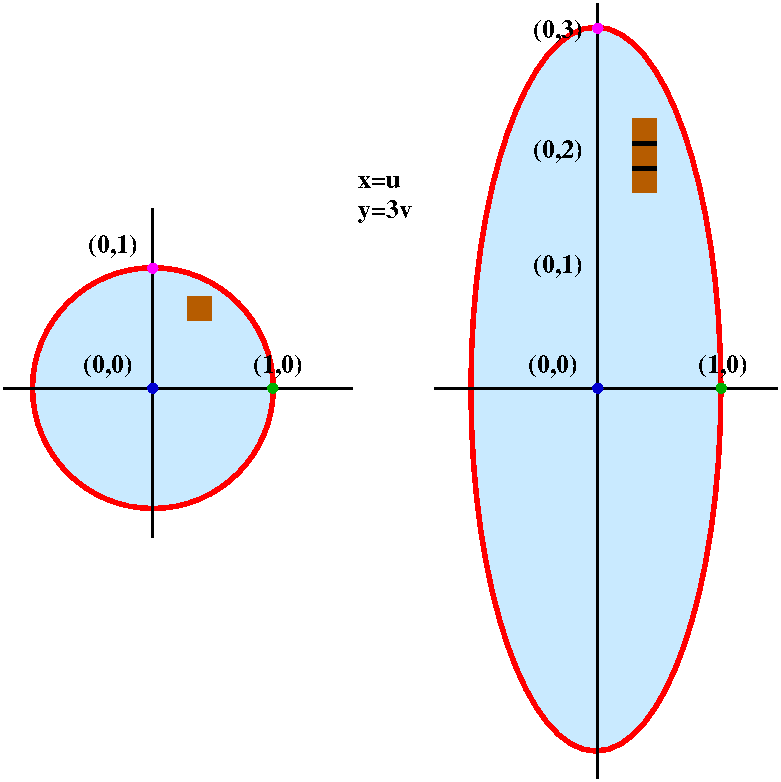



Math 251 Diary Fall 10
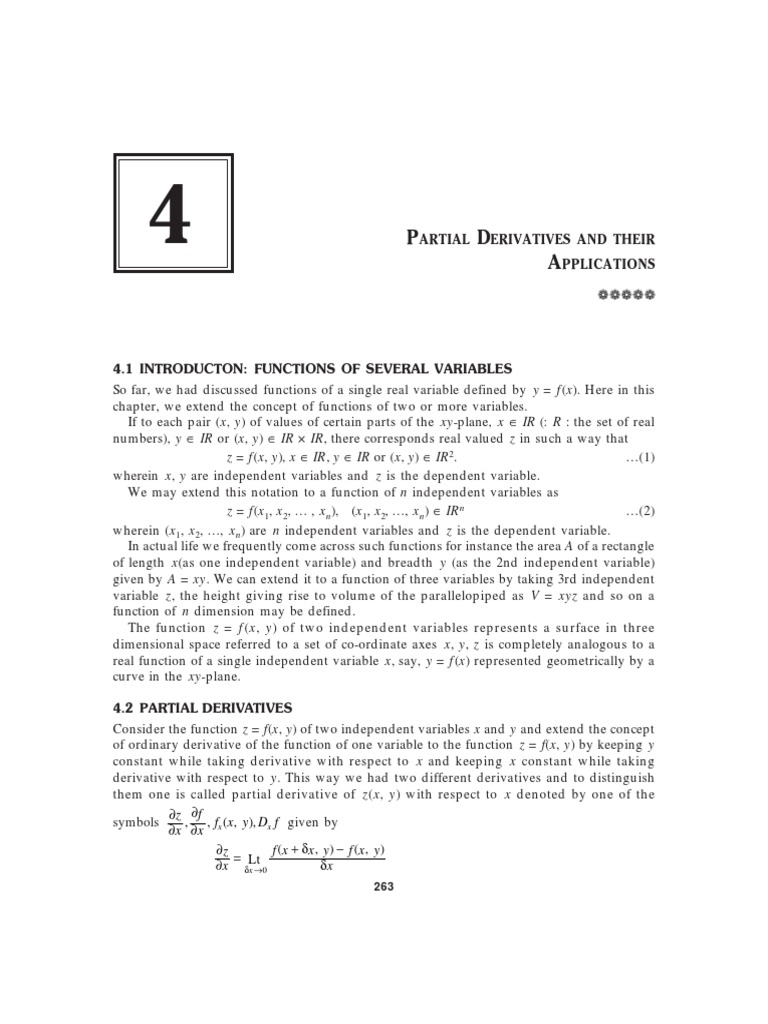



4 Partial Derivatives And Their Applications Derivative Variable Mathematics




Cauchy Riemann Show That U V X Y X2 4xy Y2 Find F Z Youtube




Example 4 A If Z F X Y X2 4xy Y Find The Chegg Com
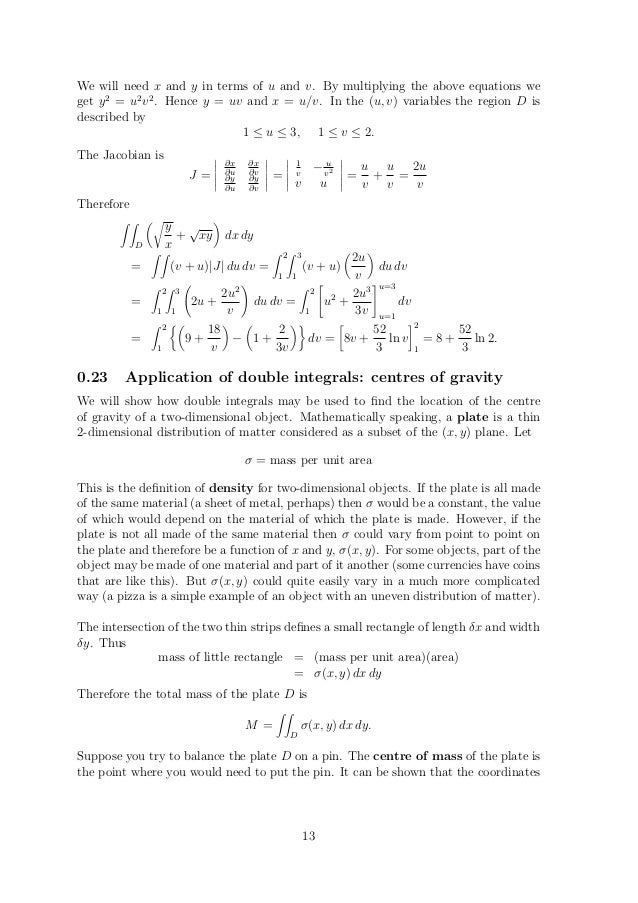



Double Integration




Double Integration Change Of Variable Example 3 Converting Region By Converting Corner Points Youtube
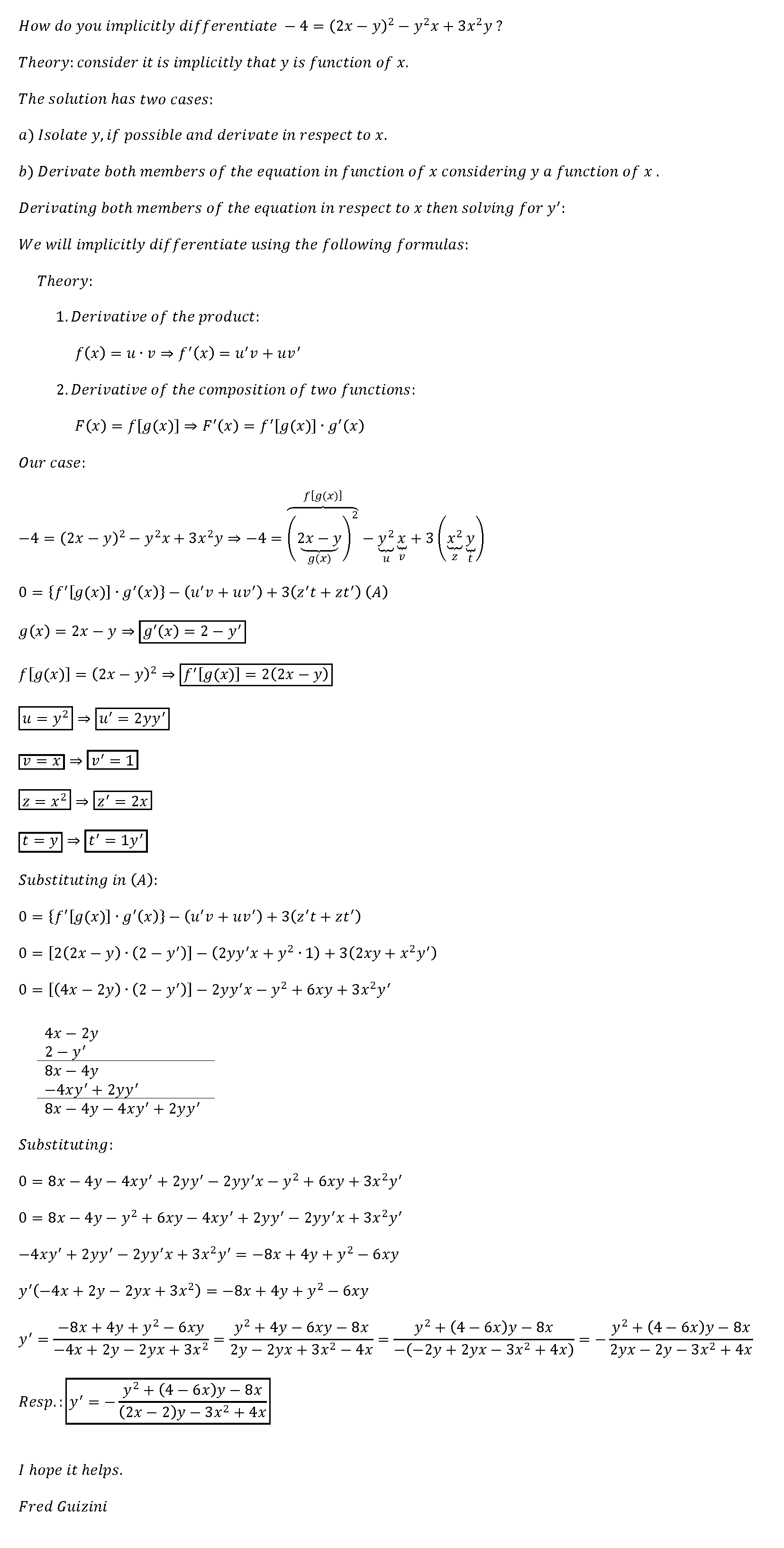



How Do You Implicitly Differentiate 4 2x Y 2 Y 2x 3x 2y Socratic



2




Paper 13 14 Equations Calculus
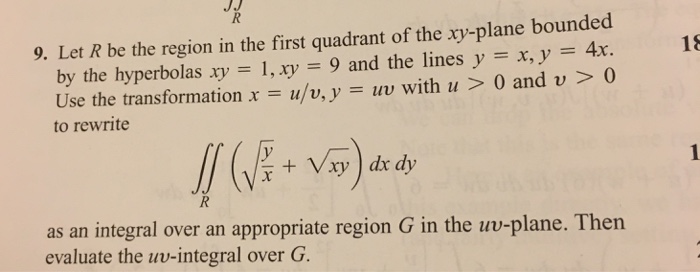



Let R Be The Region In The First Quadrant Of The Chegg Com




4 1 5x 8x3x 2 7y9y 2y 3 1 See How To Solve It At Qanda



Http Www Csun Edu Dvanalp Ece 450 Ece 450 Hw Sp 15 Ece 450 Hw3 Solutions V4 Sp 15 Complete Pdf




Calculate Iint D 2x Cos 2 X Y X 𝑑𝑥𝑑𝑦 Where D Is A Rectangle With Corners At P 6 2 P 6 P 6 4 P 6 P 4 4 P 4 And P 4 2 P 4 Mathematics Stack Exchange
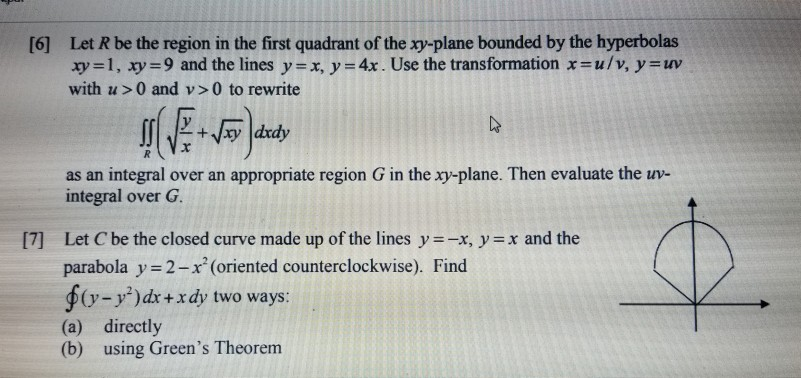



Let R Be The Region In The First Quadrant Of The Chegg Com



Http Www Math Ntu Edu Tw Cheng Teaching Calculus Ch15 Pdf



Www Math Tamu Edu Kahlig Notes 251 Ch15 9 Pdf
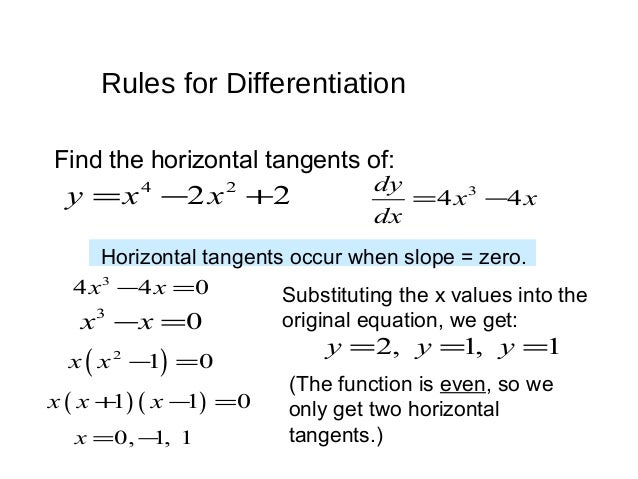



Differential Calculus




4 Use The Change Of Variables W I 2y To Evaluate The Following Integral Homeworklib
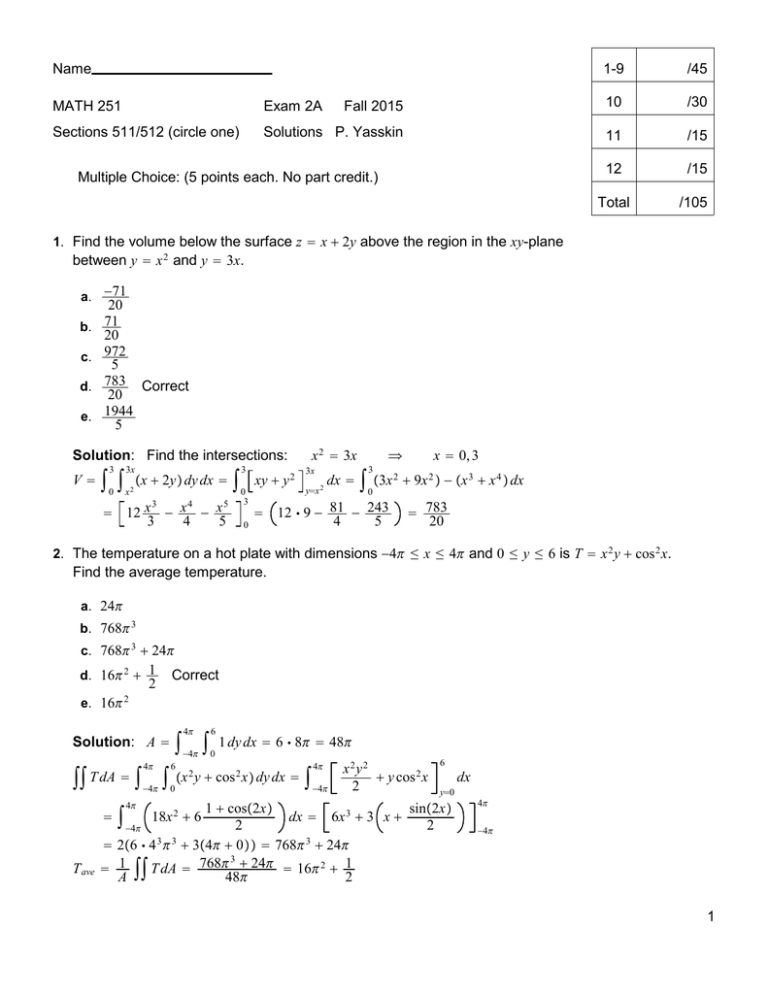



Name 1 9 45 10



Www Rgpvonline Com Guide Notes M3 Unit 1 Pdf
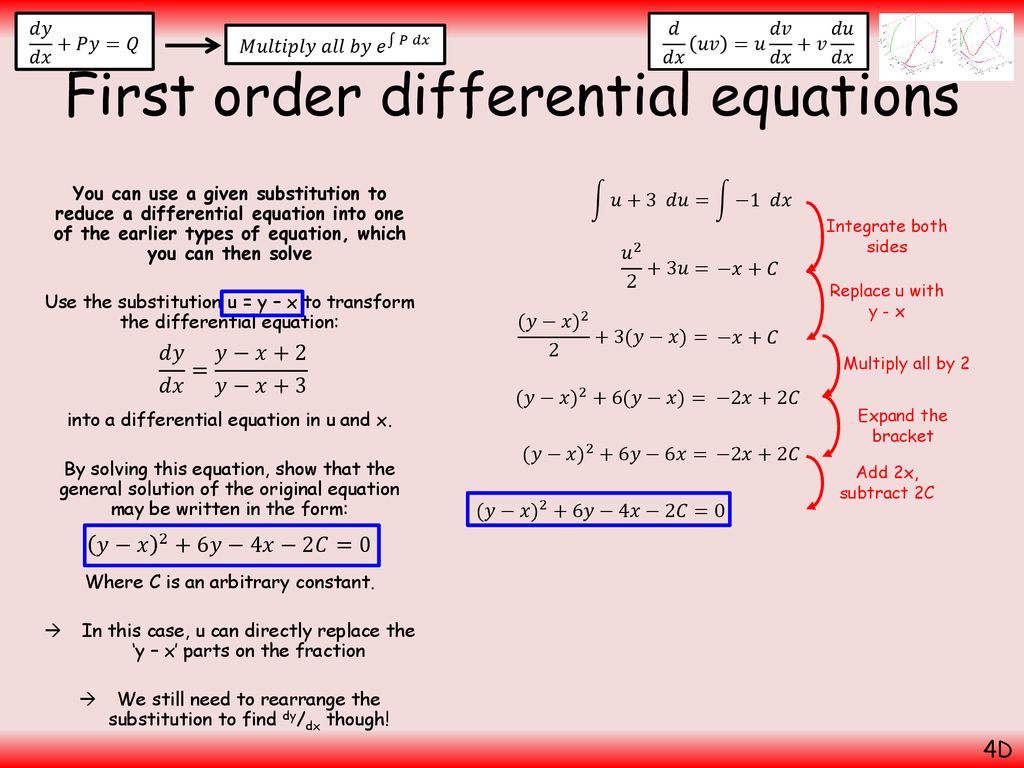



Differential Equations Ppt Download
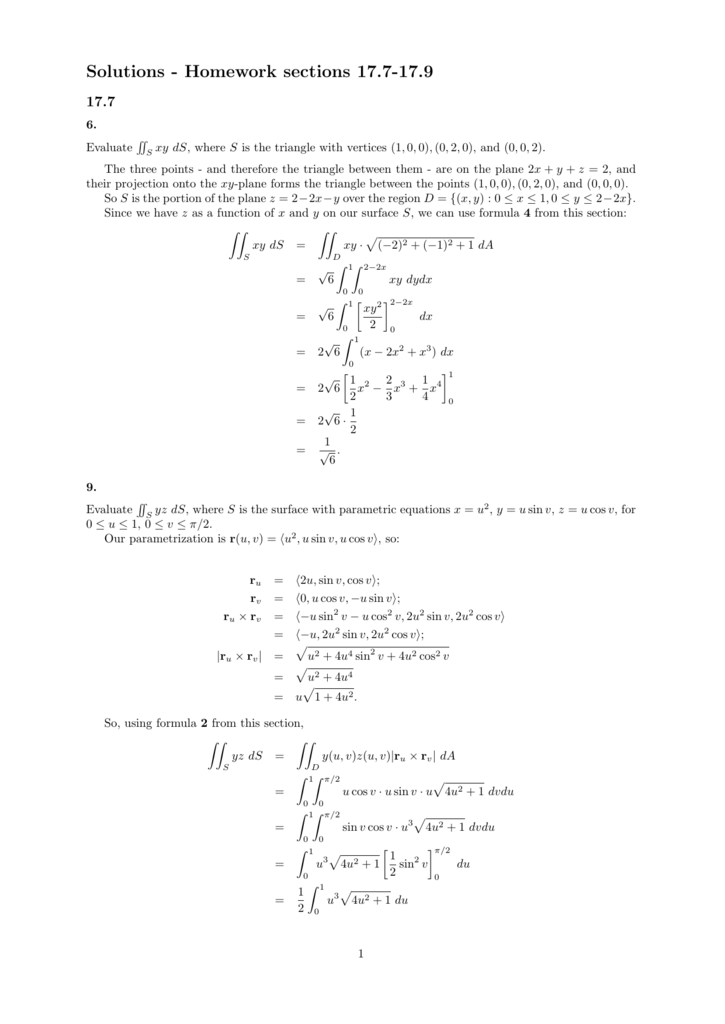



Solutions Homework Sections 17 7 17 9




18 G12 Math E Flip Book Pages 351 400 Pubhtml5



Given That X Sqrt Y Y Sqrt X 6 And X Y 5 How Can I Find The Value Of X And Y Quora




J Osxal Osx Y 1 Q F X Y 24xy 1 Find Pc Y A Find Joint Density 111 Homeworklib




Jacobians New



Ev3l9ptgm6uy7m
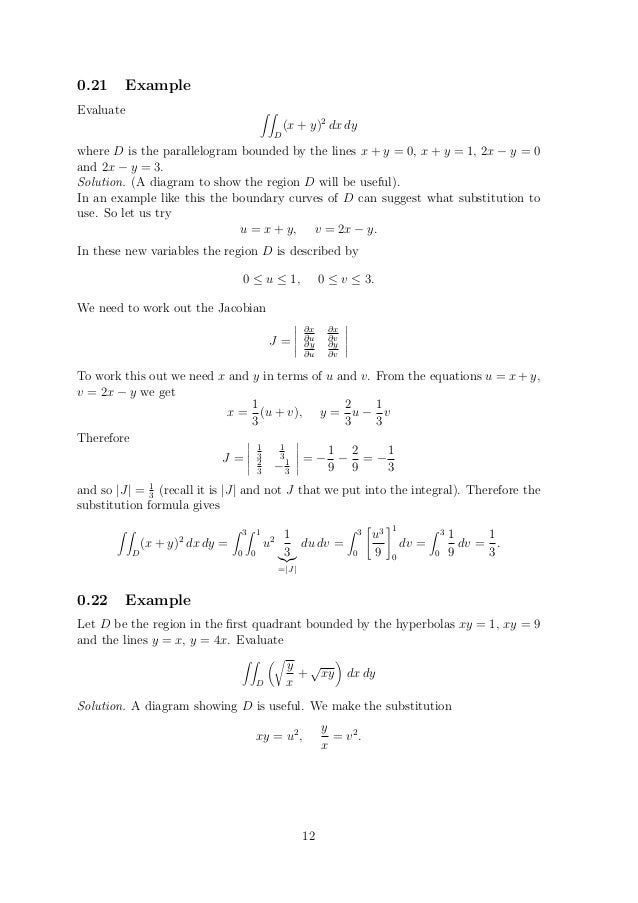



Double Integration
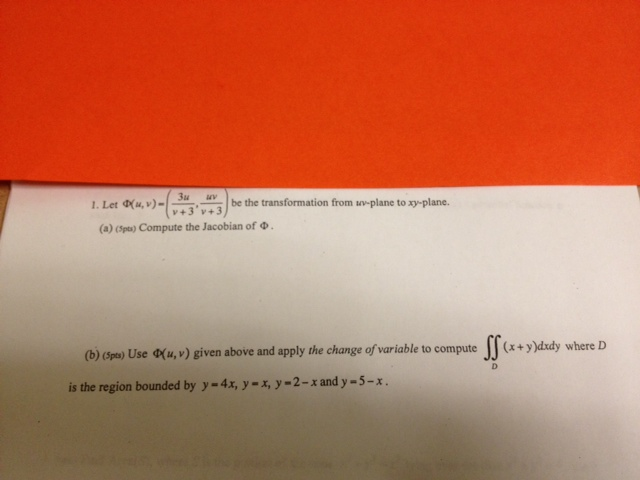



Solved Let Be The Transformation From Uv Plane To Xy Plan Chegg Com




2 Functional Dependence Differential Calculus Functions And Mappings




Millersville University Name Answer Key Department Of Mathematics



Tinkutara Equation Editor Math Forum Question



How To Solve The Differential Equation 2x Y Dx 4x Y 6 Dy 0 Quora
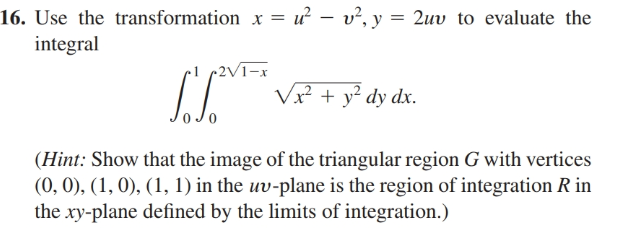



Answered 16 Use The Transformation X U V Bartleby



If U V X Y X2 4xy Y2 And F Z U Iv Is An Analytic Function Of Z X Iy Find F Z Is Terms Of Z Brainly In



Solved In The Xy Plane Let R Be The Square With Vertices 0 0 1 1 2 0 1 1 A Find Equations For A Transformation T That Maps A Re Course Hero




21 Find The Jacobian Of The Transformation From The Chegg Com




Jacobians Maxima Minima Maxima And Minima Calculus



0 件のコメント:
コメントを投稿